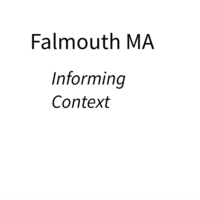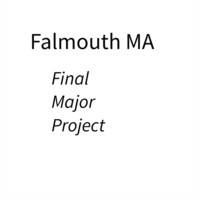The fourth talk from the Magnum Photography Event “Navigating the Photography Art Market” was given by Curator Shoair Mavlian at Tate Modern. Shoair talked about the role of Museums in the Art Market and specifically the remit of Tate Modern. The original creative directors for Tate did not recognise photography as an art form however they were happy to have photographs from artists in their collection this meant Tate would have photographs from Richard Long but not Don McCullen however in 2009 that position changed and now Tate is working to build up its collections of significant photographers. Mavlian explained the positioning of Tate Modern’s remit with those of other British Museums. The V&A has a large survey collection of photographs mans that it has 1 or 2 images form all significant artists ( Note: This is especially true with the decision to move the photographic collection from the Media Museum in Bradford to merge it with the V&As.) Tate Modern’s remit is to collect International work from the start of the 20th century today. The aim is to build collections in depth by selecting a series that best represents the artist.
The curators at Tate Modern are typically either working with the estates of dead artists or elderly artists who have built up strong bodies of work through out their careers. Tate Modern recognises it is playing catch up and given it’s limited financial resources is looking for bodies of work that are important yet under represented at the current time.
Some of the notable works acquired recently are:
- Egglestones Chrome Series of dye transfers
- Bernd & Hilda Becher bodies of work (Note: These images acted as source for the work of Idras Khan)
Tate Modern has also explored vintage photography especially from Japan acquiring work of pre-war Japanese photographers and now probably has one of the best collections from that era and location. It includes artists such as:
- Iwao Yamawaki
- Miyako Ishiuchi
- Daido Moriyama
Tate policy for exhibitions is that it shows photography alongside other media recognising photography as an art form.
For me this discussion reflects the changing view in the United Kingdom on photography as art form and through the work of museum system it will help further establish the role of photography as an art within British culture.



